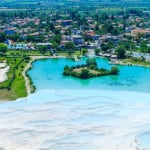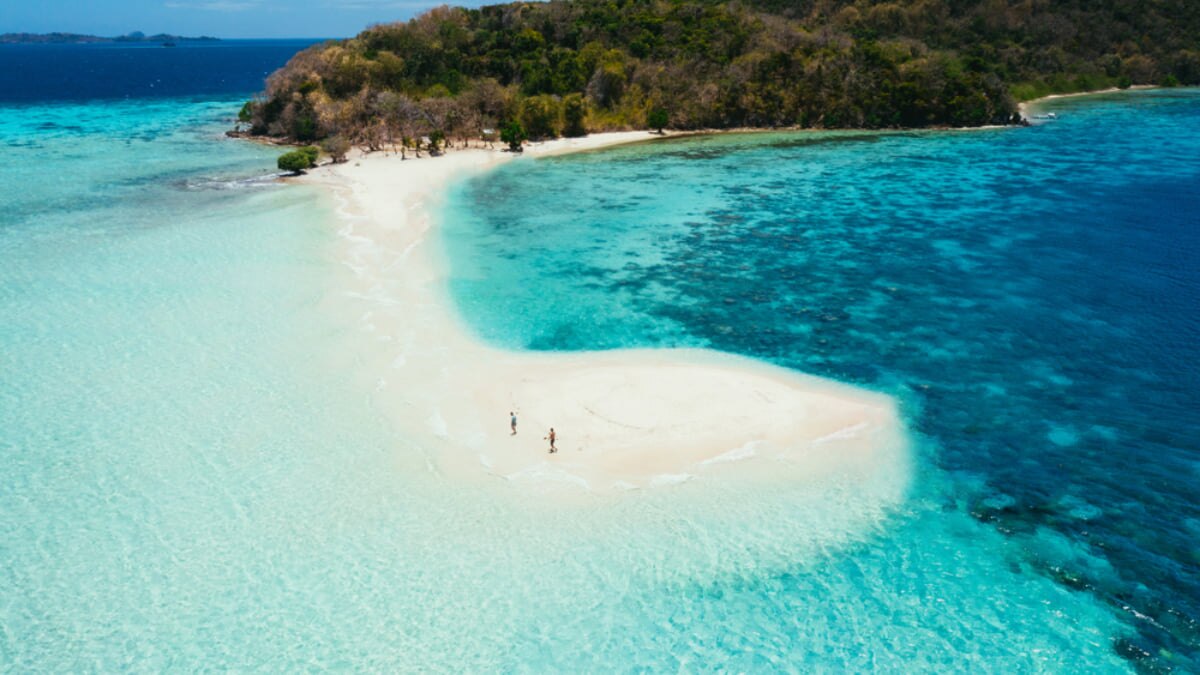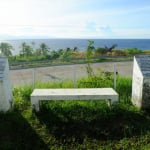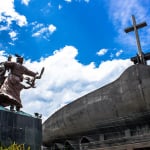Photo by oneinchpunch/Shutterstock
8 Tips and Things to Know Before Traveling to the Philippines
The Philippines has long been a popular destination for its beautiful islands of paradise, acres of colorful coral and picture-perfect beaches. However outside of the luxury resorts and major cities, much of the country is still underdeveloped and in poverty. As with many developing countries, a little preparation and knowledge can be extremely helpful before visiting and make your visit that much smoother and enjoyable.
table of contents
[x] close
8 Tips and Things to Know Before Traveling to the Philippines
Be Weary of Prices Beforehand

Photo by WorldStockStudio/Shutterstock
Generally people in the Philippines are warm and friendly to foreigners but as with most countries in Southeast Asia, money from tourism can often change people. You'll sometimes find taxi drivers or market vendors trying to get as much money from you as they can, scams and dishonest taxi drivers are prevalent in tourism heavy areas. If this is something that might bother you, make sure to check current prices online before visiting, that way you can know when you're being ripped off. Although this is generally the case all around Southeast Asia, it tends to happen more so in the Philippines.
There are a Ton of Beautiful Destinations
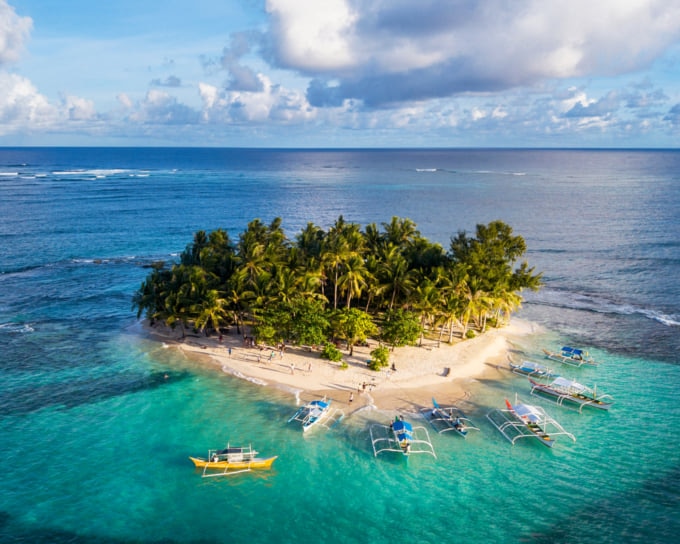
Photo by Adel Newman/Shutterstock
While some of the more popular destinations like Cebu and Boracay might dominate information about the Philippines, with well over 7,000 islands in the archipelago, many of them being stunning examples of a pacific paradise, there's an endless amount of places to suit anyone's preferences. If you've got time to plan a trip then consider visiting some of the lesser visited islands like Batanes and Siargao. With the tourism infrastructure being a little more sparse in these places, it'll take a little more planning and time spent looking for information compared to the classic heavily developed destinations around the archipelago. However it's well worth it, especially if you want to get away from the more crowded areas.
Extending Your Stay is Easy
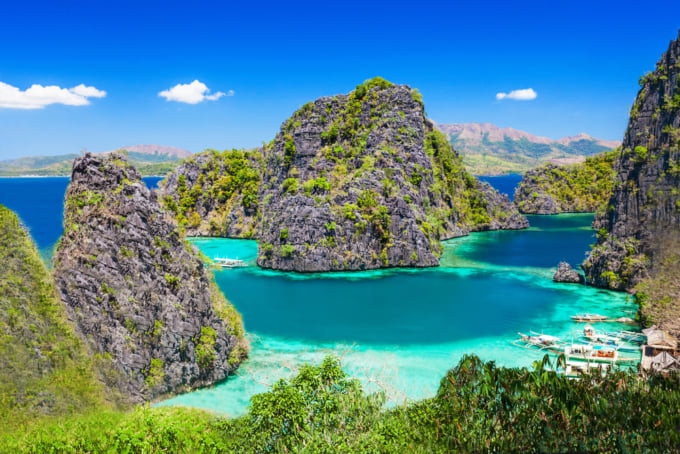
Photo by saiko3p/Shutterstock
While most countries will get 30 days visa free access to the Philippines, it's actually easy to extend this to another 29 days and keep on extending up to a period of 36 months for most nationalities.
Be aware however that you may be asked to show proof of a return or onward plane ticket while boarding your flight to the Philippines. Failure to show this can mean staff will not allow you on the plane, unless you make a costly last minute reservation.
Your Transport Can Be Weather Dependent

Photo by Richard Whitcombe/Shutterstock
Boats and ferries are some of the most common ways of getting around the vast archipelago. Unfortunately this means schedules can often change depending on bad weather, especially during the rainy season which usually lasts from June to October. You might be stuck on an island for a day or two if the weather isn't so great and seas are rough, along with island hopping or diving tours being cancelled.
If you're the kind who likes to have everything planned to the t beforehand, it might be best to see if you can fly to your destination instead, otherwise it can result in hotel and tour bookings going to waste. Small domestic airports are found all over the Philippines. While regular fares can often be a little expensive, local airlines will usually have promotions and regular fare reductions that you can watch out for.
Research Where to Eat Beforehand

Photo by Davisaurus Rex/Shutterstock
The Philippines often gets a bad reputation for its food among the foreign crowd, most of which turn up at resort towns and head to the first restaurant they see. Many of them are aimed at tourists and know they'll still make money from unsuspecting visitors even if they offer mediocre grub. It's a shame because there are some delicious dishes in the Philippines that'll delight your stomach if you know where to find them. Just do a little research online before your trip, or ask local residents that you can trust where to eat. Filipinos are proud of their cuisine and will often tell you where to find the best food although opinions may vary.
If you're vegan or vegetarian however, the Philippines can be a difficult country to travel around. Many local dishes are meat-based and restaurants are rarely prepared for vegan customers.
There's so Much More Than Just Beaches

Photo by Eva Mont/Shutterstock
While the Philippines is well known for its surplus of picture-perfect islands of paradise, there's much more to do than just snorkeling and sun bathing. Especially on the larger islands such as Cebu and Luzon, there are plenty of inland national parks, mountains and rain forests to explore. While the tourism industry for these places is often not as developed, it makes for the perfect side trip for those looking to stray off the beaten path a little. Some beautiful inland places include Baguio on Luzon and the Chocolate Hills on Bohol. For an insight into the colonial history and its beautiful architecture make a trip to Vigan, located towards the north of the country.
Don't Be Too Worried About a Language Barrier
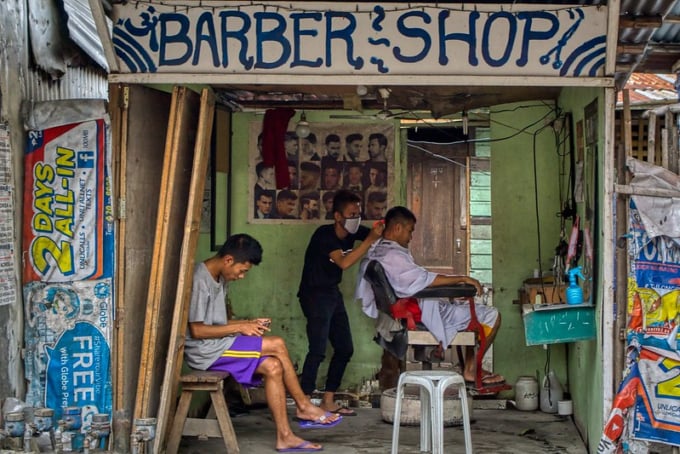
Photo by Brian Evans/Flickr
Locals have their own language, depending on the region, but most people tend to speak English fairly well as it's part of compulsory education. Street signs and warnings are often in English too, making it easy for people to communicate and get around. Of course don't expect everyone to speak perfect English, you'll still come across locals with heavy accents or limited vocabulary but generally you won't need to worry too much about language unlike other countries in Asia.
Some Parts of the Country Should be Avoided

Photo by Mark Jhomel/Wikipedia
If you're planning on visiting popular tourism destinations around the Philippines then there's not much to worry about. However some areas in the archipelago are not as safe for tourists with a high risk of kidnappings or killings from terrorist groups. In rural usually mountainous areas across parts of the country, there are places occupied by the NPA or New People's Army, a group of communist fighters. While clashes with the army are rare, they still happen occasionally and traveling without a guide in these regions can be risky.
To the south of the country such as parts of Mindanao there are various Islamic terror groups that are often thought to have connections to ISIS. There is a chance of kidnapping as groups try to extort ransom money from tourists and killings have occurred in the past. While the fighting in Marawi (pictured above) has ended, the region is still very much recovering. If you can't avoid traveling to or near these places then make sure you have a local with you and have been given green light from authorities.
Conclusion
While it's best to do a little preparation before setting off on a trip to the Philippines, most travelers come here without any issues. Just make sure to pay attention and be prepared for the points above to make sure you have the best trip you can to this beautiful archipelago nation.
